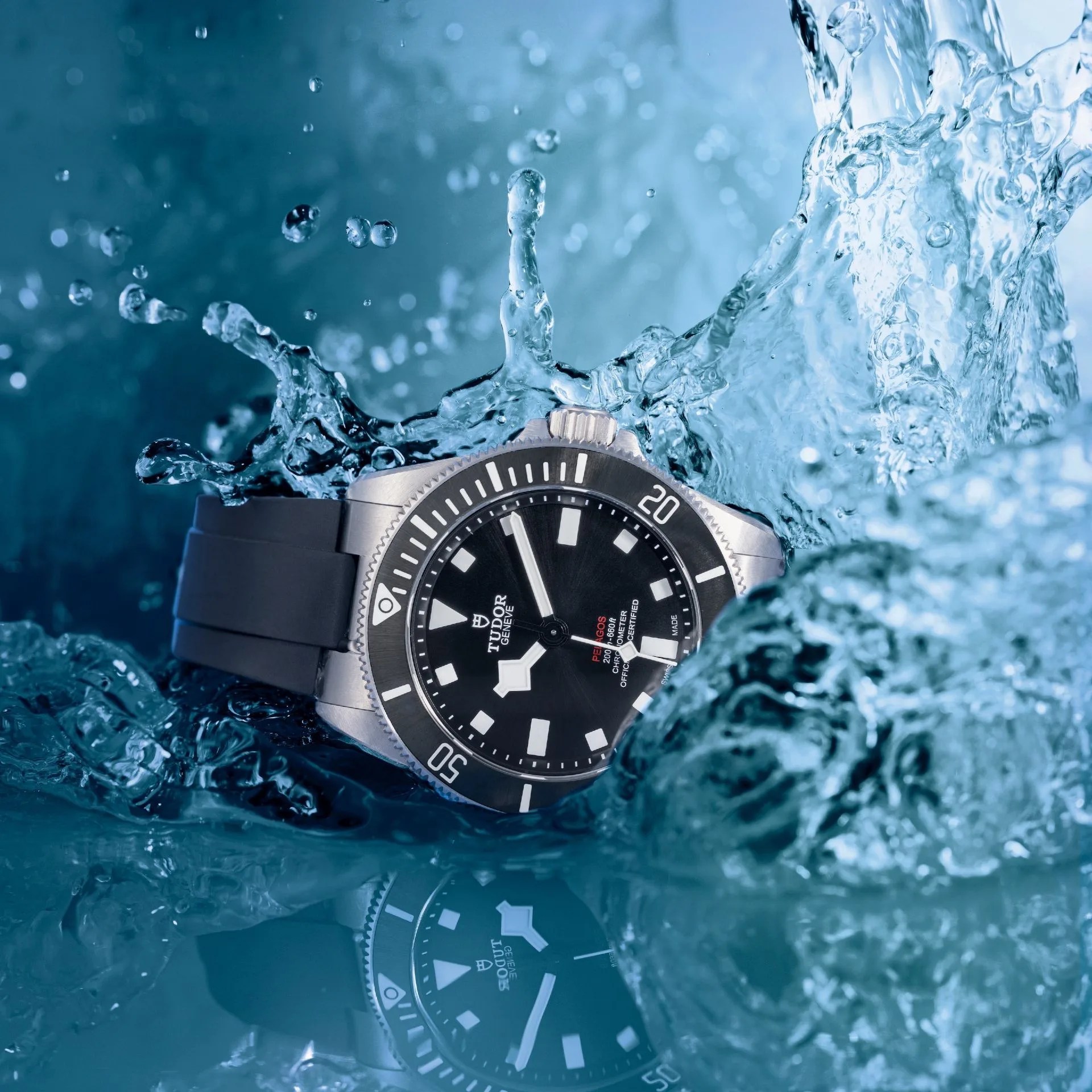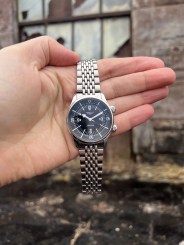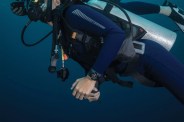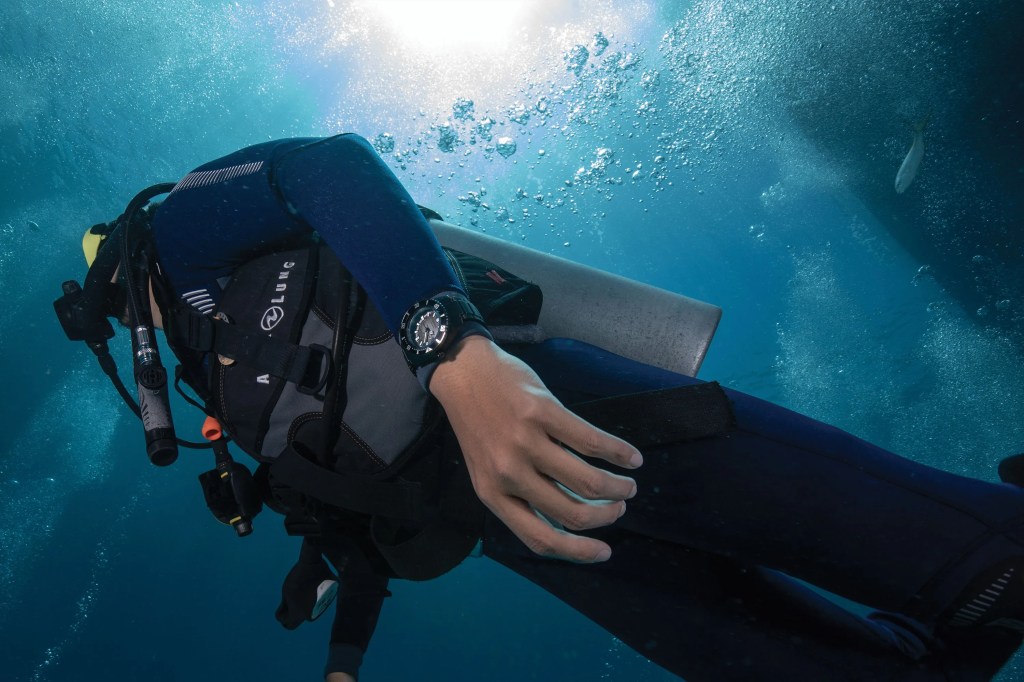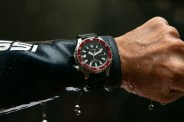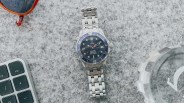If you’re like me, you don’t actually take your dive watch diving. I wear mine because they look good, they’re rugged enough for daily wear and, perhaps sometimes, so I can pretend like I’m going to use them for their intended purpose someday. Even though I never may.
As such, some of a dive watch’s distinguishing features have no real use in daily life. A helium escape valve? Come on. And while a dive watch’s bezel is quite useful in everyday life for timing everything from cooking to doing laundry to your kid’s naps, you may have noticed that your watch’s bezel looks a little different from 0 – 15.
Many dive watches, including icons like the Rolex Submariner, older Omega Seamasters and Tudor Black Bay, feature individual minute hash marks on the bezel between 0 and 15, while the rest of the bezel is free from these hash marks, only featuring markings every five minutes. Personally, I detest this look, as I think it ruins the symmetry of the watch. But they clearly serve a purpose, one that is undoubtedly tied to diving. I am not a diver … but Jason Heaton is.
Heaton is a certified technical diver who has gone on many actual undersea adventures around the world (including once while wearing a vintage Tornek-Rayville). He’s also the cohost of the watch-themed podcast The Grey NATO, author of a pair of thrilling adventure novels centered on archaeologist Julian “Tusk” Tusker and, once upon a time, a Gear Patrol staff writer. If anyone were to know what those hash marks on a dive bezel are used for, it’s him.
Time to Decompress
“While the overall bottom time of a dive can be approximated with merely the bezel pip (zero marker) and the minute hand, to measure anything in single-minute increments, you need the finer markings,” Heaton tells me. “The finer minute markings on a bezel are useful during a dive for timing shorter duration functions, most notably decompression stops.”
The increased pressure associated with diving causes you to breathe in more nitrogen than normal. This nitrogen is stored in the blood, and if you ascend too quickly, it doesn’t have time to properly dissipate. It can then form bubbles in your blood and tissues, causing decompression sickness, a.k.a. “the bends.”
